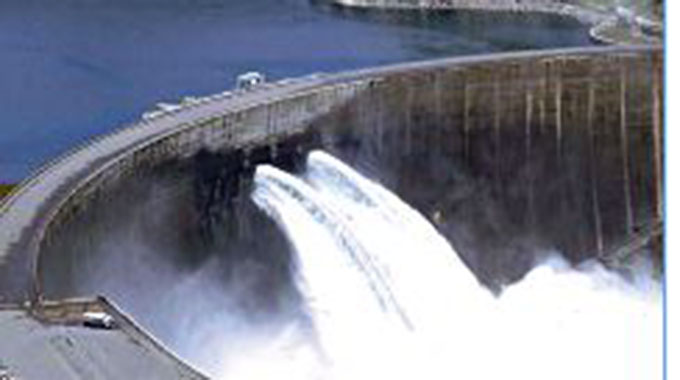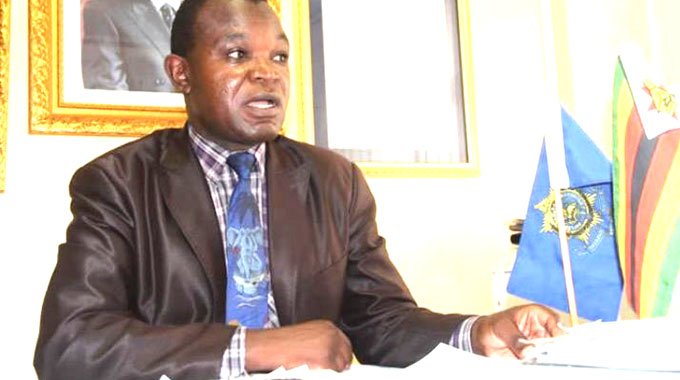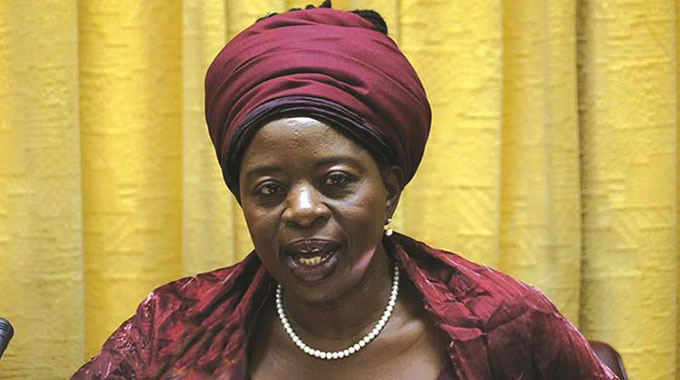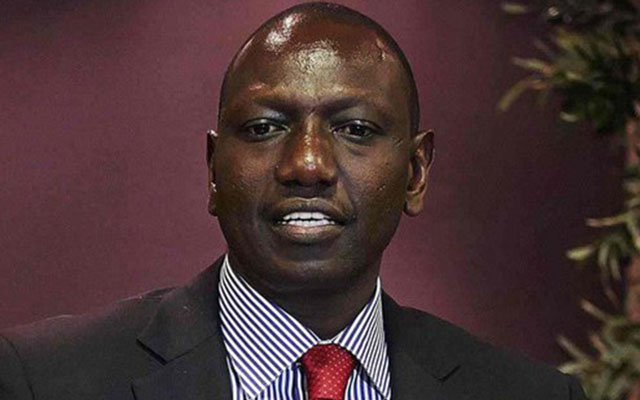Kariba levels continue to rise

Walter Nyamukondiwa Kariba Bureau
FLOWS into Lake Kariba are steadily increasing, with a second flood wave in the Zambezi River now starting to drop over the Victoria Falls.
This second flood wave has started flowing into Lake Kariba, resulting in an outward expansion of the shoreline by between a metre and two within 24 hours in some areas in recent days.
The flows are better than expected, with earlier simulations anticipating that the lake levels will have about 23 percent of usable storage capacity for power generation, but instead the first wave of flood waters gave 26 percent.
Most of the water cascading over the Victoria Falls and flowing into Lake Kariba comes from rainfall in south-east Angola, with rain in western Zambia being the next largest contributor.
Flows from Zimbabwean and southern Zambian rivers make only a modest contribution.
Thus the Chavuma Gorge station, upstream of the Barotse floodplain, gives good early warning of better flows..
The rising levels are already seeing the shoreline at the lake, which had retreated by up to a kilometre in some areas, now crawling back and submerging old lake beds.
The Zambezi River has two peaks in a normal season, with the second peak now being recorded.
On Monday, flows recorded at the Victoria Falls were at 4 358 cubic metres per second after dropping to around 3 700 cubic metres a second in mid-April.
Downstream, lake levels in Kariba increased by about 70cm, a good rise, but still around 1,1m below the level this time last year when the lake held about 34 percent of the power water.
Only the top level of the lake can be used in the power stations, which generate electricity by letting water fall down tunnels to turbines.
Levels had dropped to eight percent of usable storage at the end of 2019 raising fears that the Kariba South and North bank power stations would be reduced to using just what was flowing into the lake each day during the lowest flow period.
However, increased rainfall in the second half of the 2019-20 season have seen flows above higher than the 10-year average.
The Zambezi River Authority (ZRA), which manages the Zambezi River, Lake Kariba and related infrastructure on behalf of Zimbabwe and Zambia, has noted that despite the greater flows, the levels are still below those of last year when the lake still held reserves from previous good seasons, reserves that were largely exhausted as a bad drought hit the whole upper catchment.
The authority has ruled out any upward variation of the 22 billion cubic metres allocated for power generation for Zambia and Zimbabwe for 2020.
This will put a cap on power generation to an average of 500MW of power shared equally at 275MW at each station, although the two power stations have flexibility in using their ration by generating above the required average at peak periods and then cutting back significantly to below that average in the middle of the night.









Comments